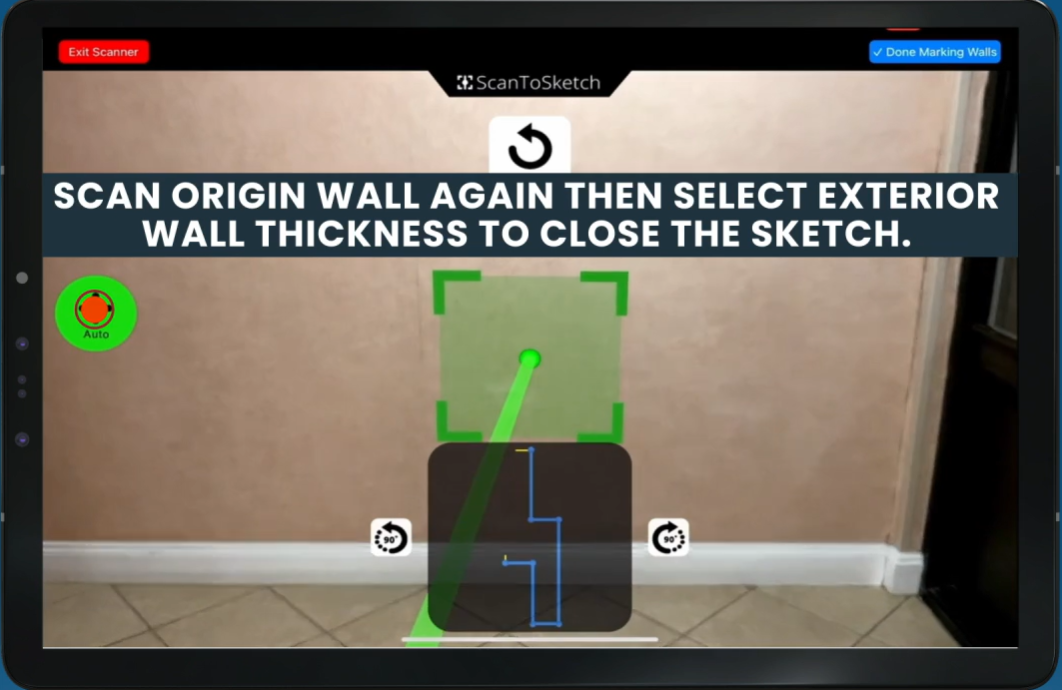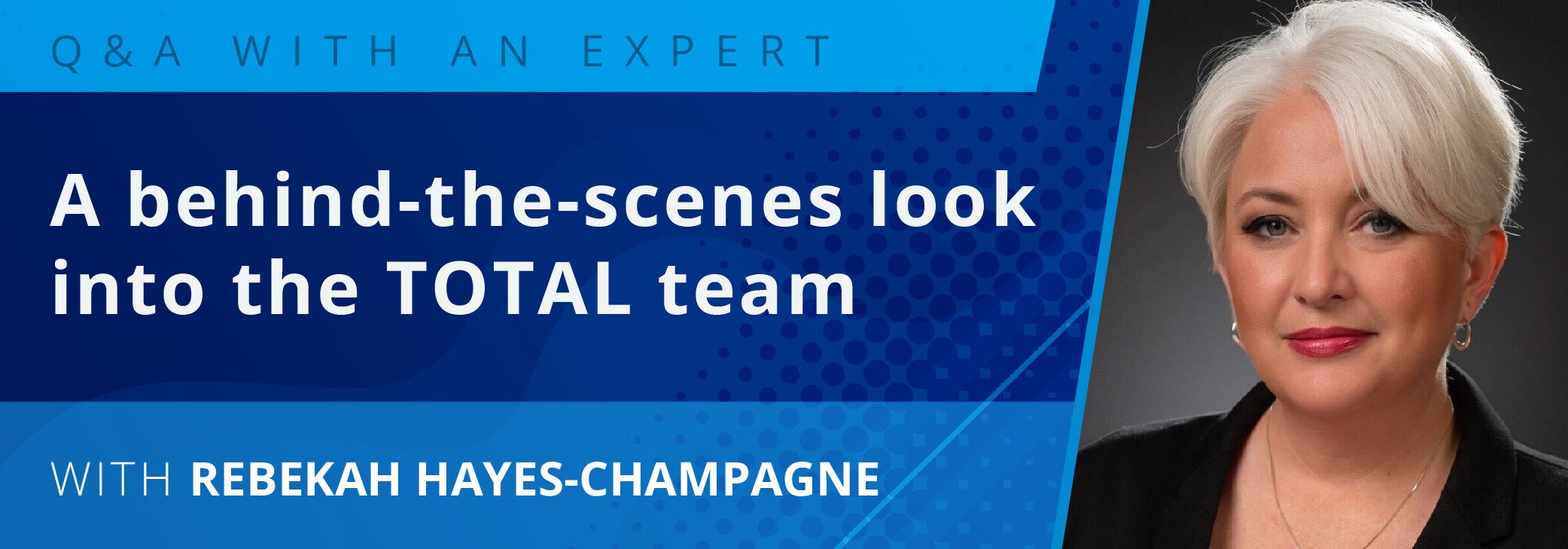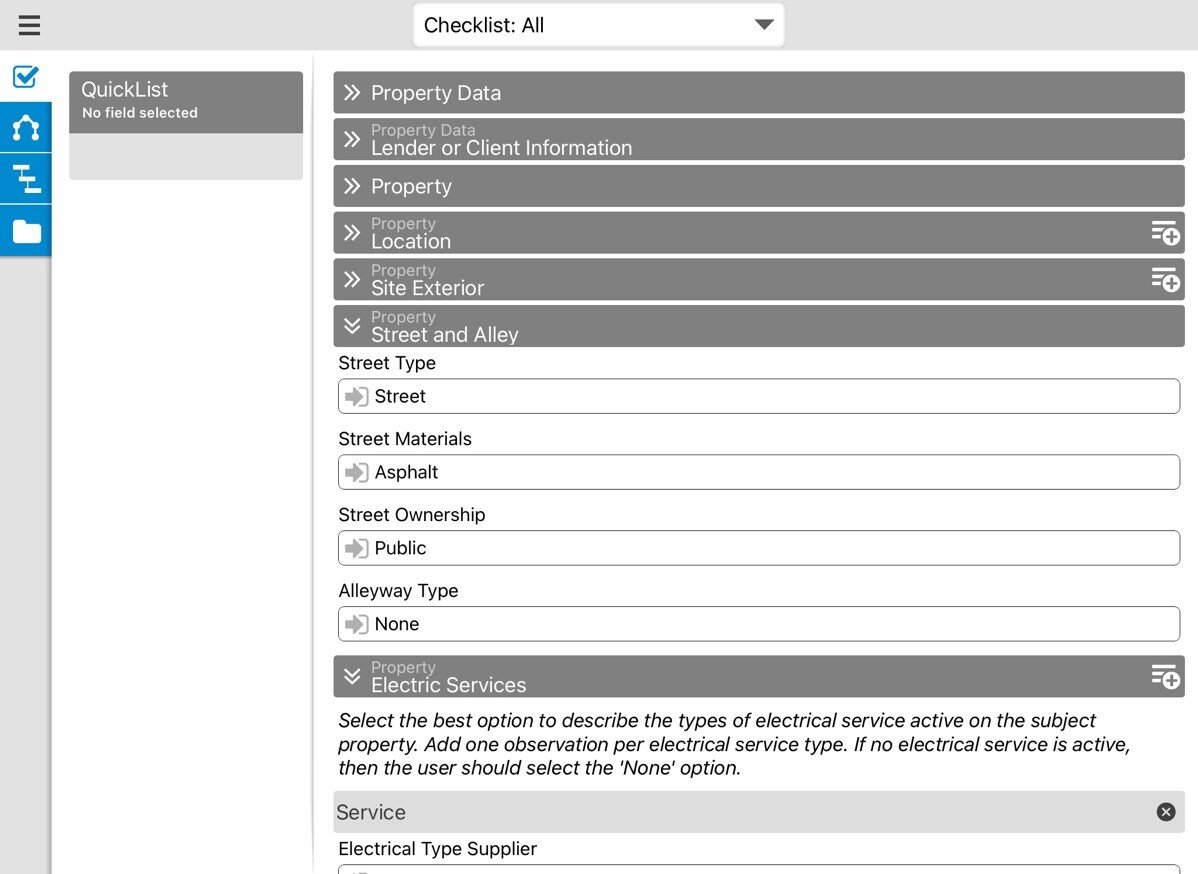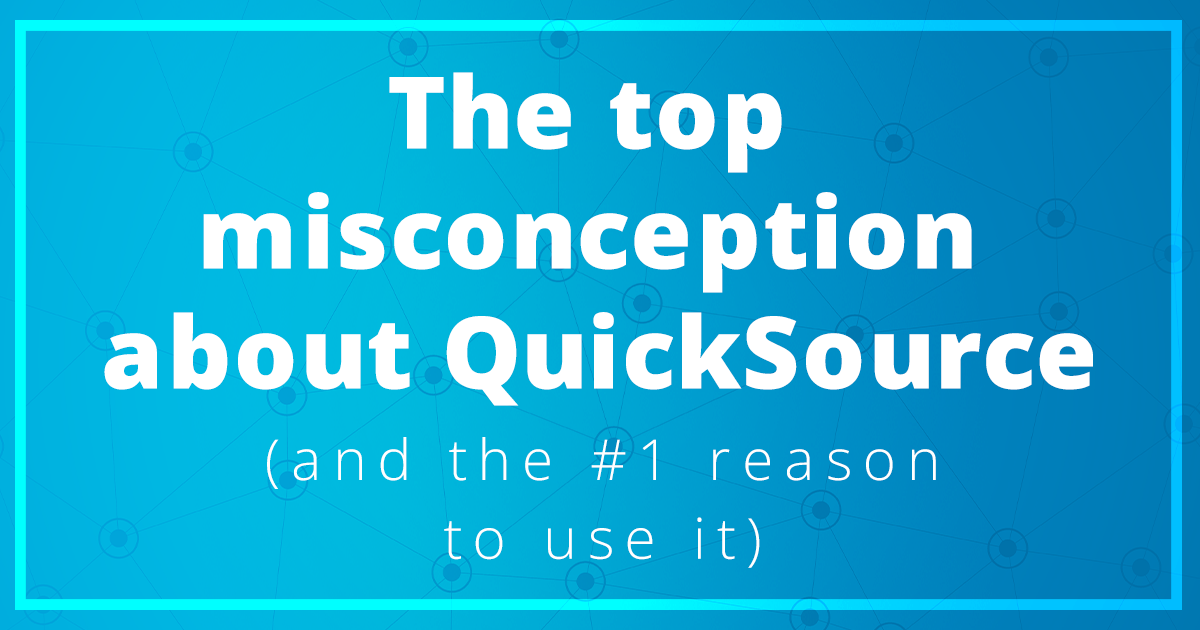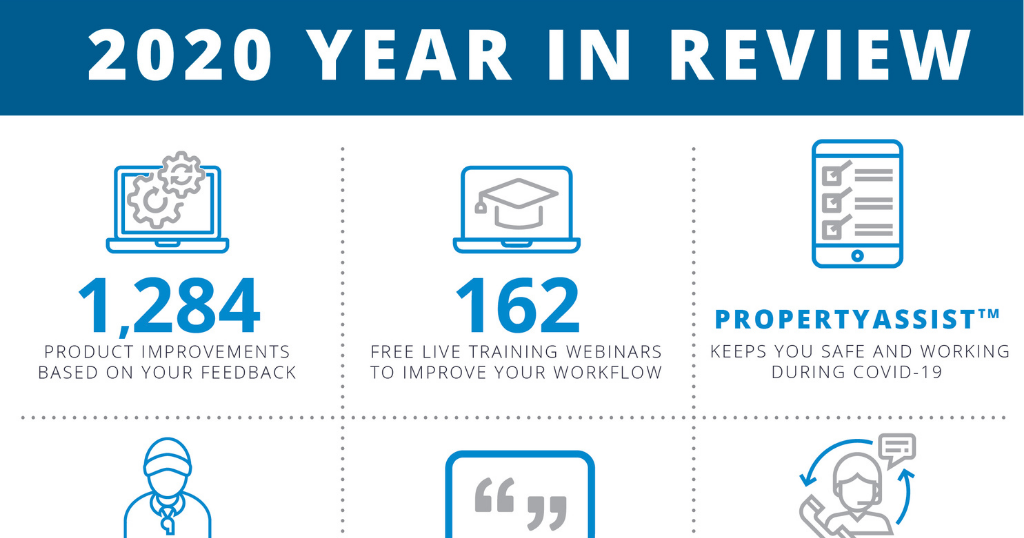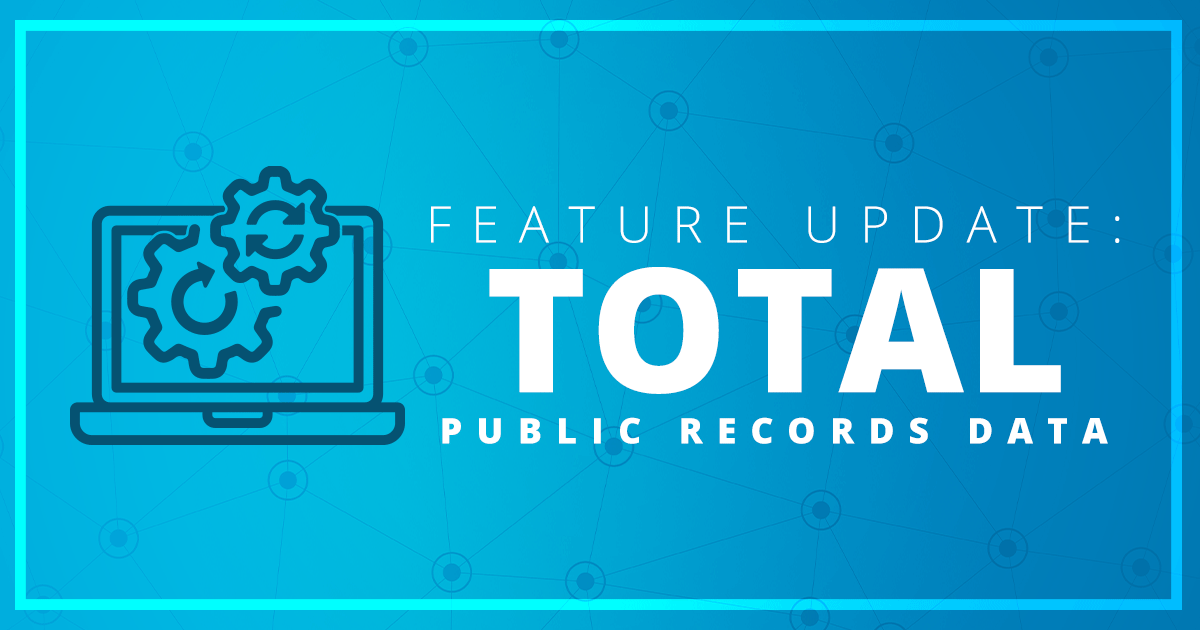Nowadays, e-mail users are successfully navigating their way through the waves of spam and viruses that fill up their inboxes daily. However, the need for better management of e-mail-based collaboration and content remains a top challenge, according to IDC, an advisory firm in the information technology and telecommunications industries.
E-mail has become one of the most important marketing and communications tools for real estate agents, allowing them to contact potential clients, build relationships with customers, and keep those customers up to date on their transaction. In fact, more than 77 percent of REALTORS® use e-mail for business purposes, according to the National Association of REALTORS®.
With 12 billion spam messages to be sent daily next year in North America alone, in addition to 13 billion person-to-person e-mails and 6 billion e-mail alerts and notifications, e-mail solution providers and their customers must act to ensure that e-mail remains an effective tool for business and consumer users.
"E-mail is frequently the point of entry for spam, viruses, and other IT headaches, and users often struggle to keep up with mail overload, regulatory compliance, and inbox management," said Robert Mahowald, research manager for IDC's collaborative computing service. "Add to that the fact that more e-mail-capable mobile devices mean increased mail volume and mailbox synchronization and management. These new threats – and opportunities – for the future of the inbox mean that e-mail proponents will need to find ways to improve its security and flexibility without sacrificing its usefulness."
Creating solutions
No one looks forward to an e-mail inbox full of ads for Viagra knock-offs and get-rich-quick scams. IDC estimates that spam comprises about 38 percent of all e-mails sent in 2004 in North America, up two percentage points from a year earlier. As a result, many companies are finding ways to deal with viruses and spam more effectively and ensure the delivery of legitimate e-mail. Some programs like SpamWeasel and MailWasher delete or archive spam and place an optional warning notice on any suspect spam mail it allows through the user's inbox.
Some companies are developing more sophisticated e-mail programs that combine virus protection and delivery assurance. Such is the case with a la mode's CertMail, a WebMail interface providing users with 100MB of storage space, anti-virus tools, and a personalized domain name registration that integrates with other e-mail clients like Outlook and Outlook Express. Plus, because it is a Web interface, it can be accessed from anywhere in the world.
CertMail's SureReceipts feature saves time for real estate agents and their clients who spend hours muddling through gobs of spam to get to important documents only to find that the e-mail containing those documents was "too big" and unable to be delivered. Although agents using CertMail don't have file size attachment limits, the clients they e-mail often do because of their own ISP limited e-mail. SureReceipts directs clients to the agent's server space to retrieve their e-mail and then notifies the agent that the message was received.
In addition, many real estate agents display their e-mail addresses prominently on their websites and marketing material as a way to generate leads. However, it can also make them a prime target for spammers or hackers using computer programs that "harvest" the Internet for e-mail addresses. CertMail detects and quarantines e-mail viruses before they hit the inbox and sends the user a notification.
Taking action
But even if CertMail isn't in your immediate future, there are some strategies for fighting unwelcome spam and viruses. Many agents ask their clients to use a unique subject line or code word that will identify their e-mail as being authentically from them, especially if they are sending attachments. Always delete all questionable e-mails from unfamiliar e-mail addresses – especially those with attachments – without hesitation.
Lastly, report e-mail that is unquestionably spam. The CAN-SPAM Act of 2003 (Controlling the Assault of Non-Solicited Pornography and Marketing Act) establishes requirements for those who send commercial e-mail, spells out penalties for spammers and companies whose products are advertised in spam if they violate the law, and gives consumers the right to ask e-mailers to stop spamming them. The Federal Trade Commission (FTC) is authorized to enforce the CAN-SPAM Act. To report any unwanted e-mails you receive, forward the messages to uce@ftc.gov.


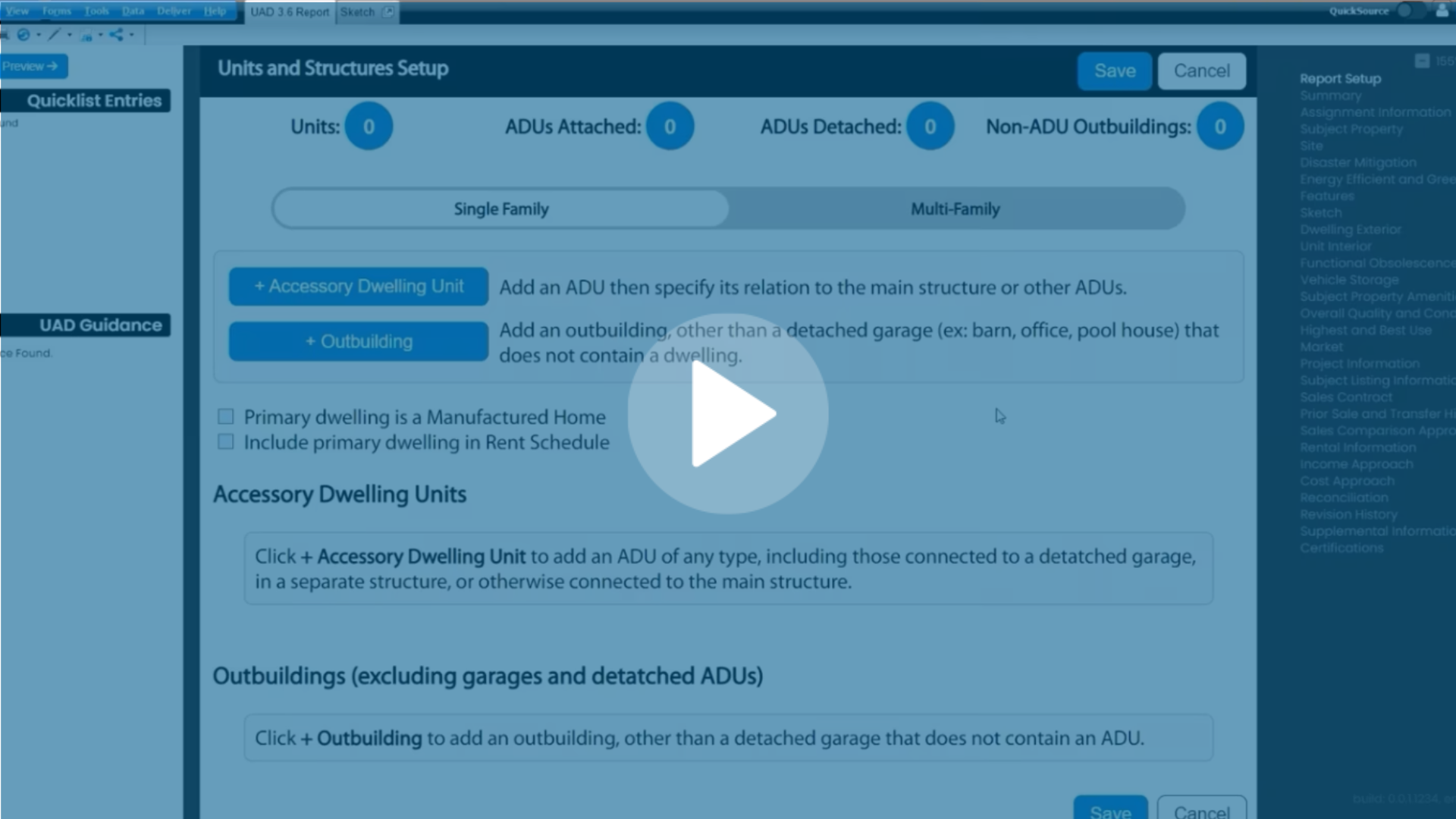
.png)

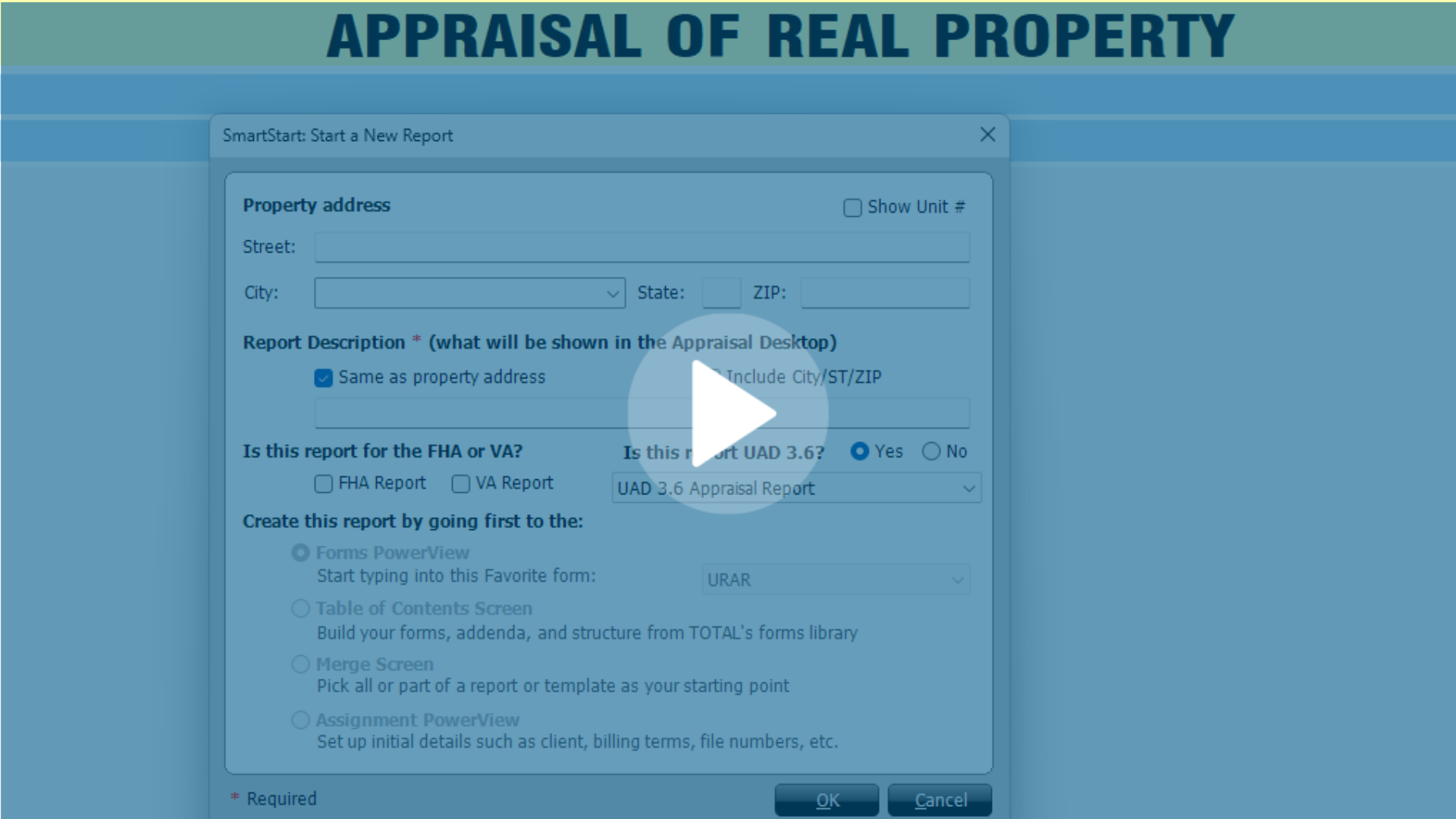


.png)
-1.png)
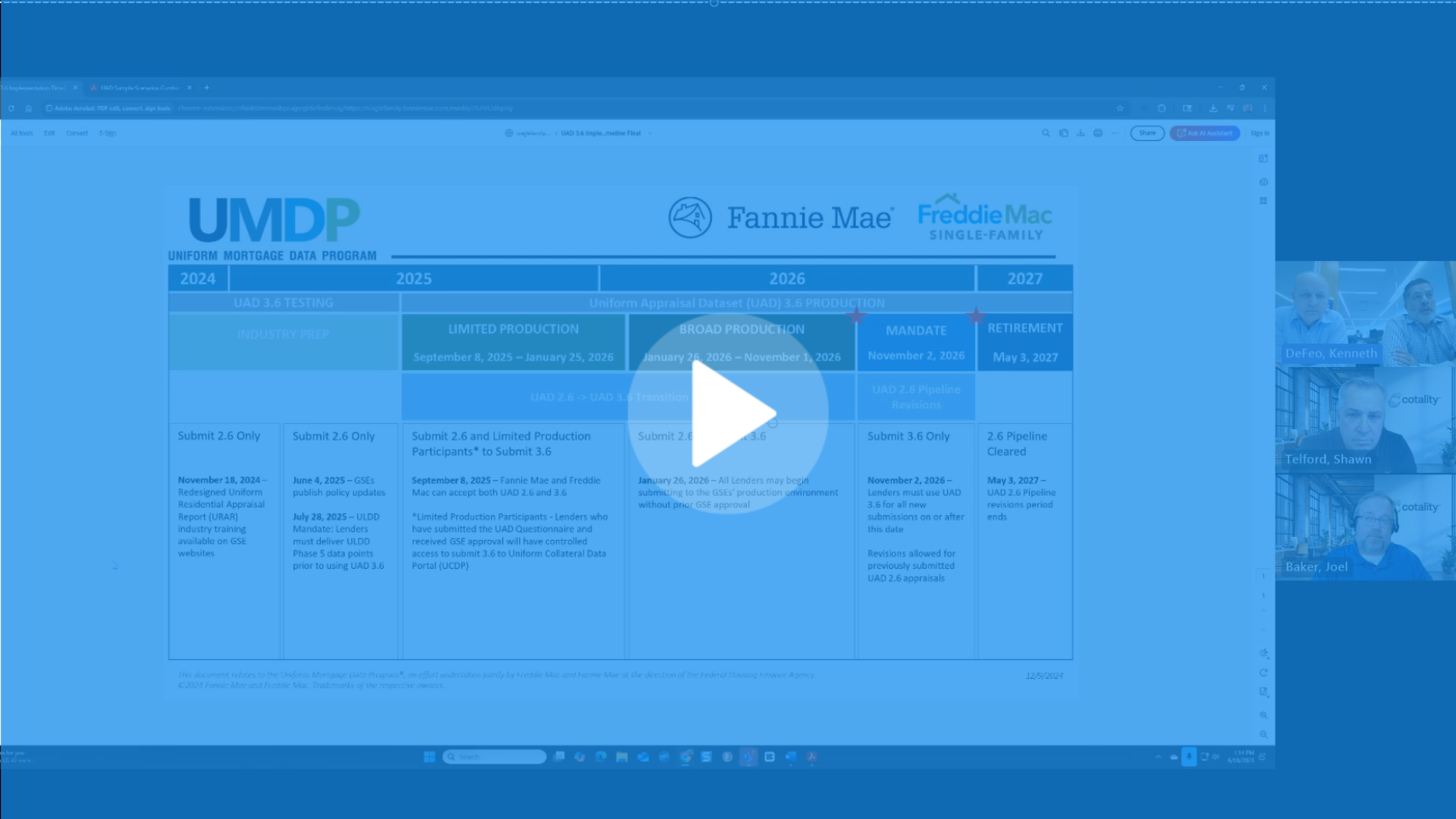
.png)
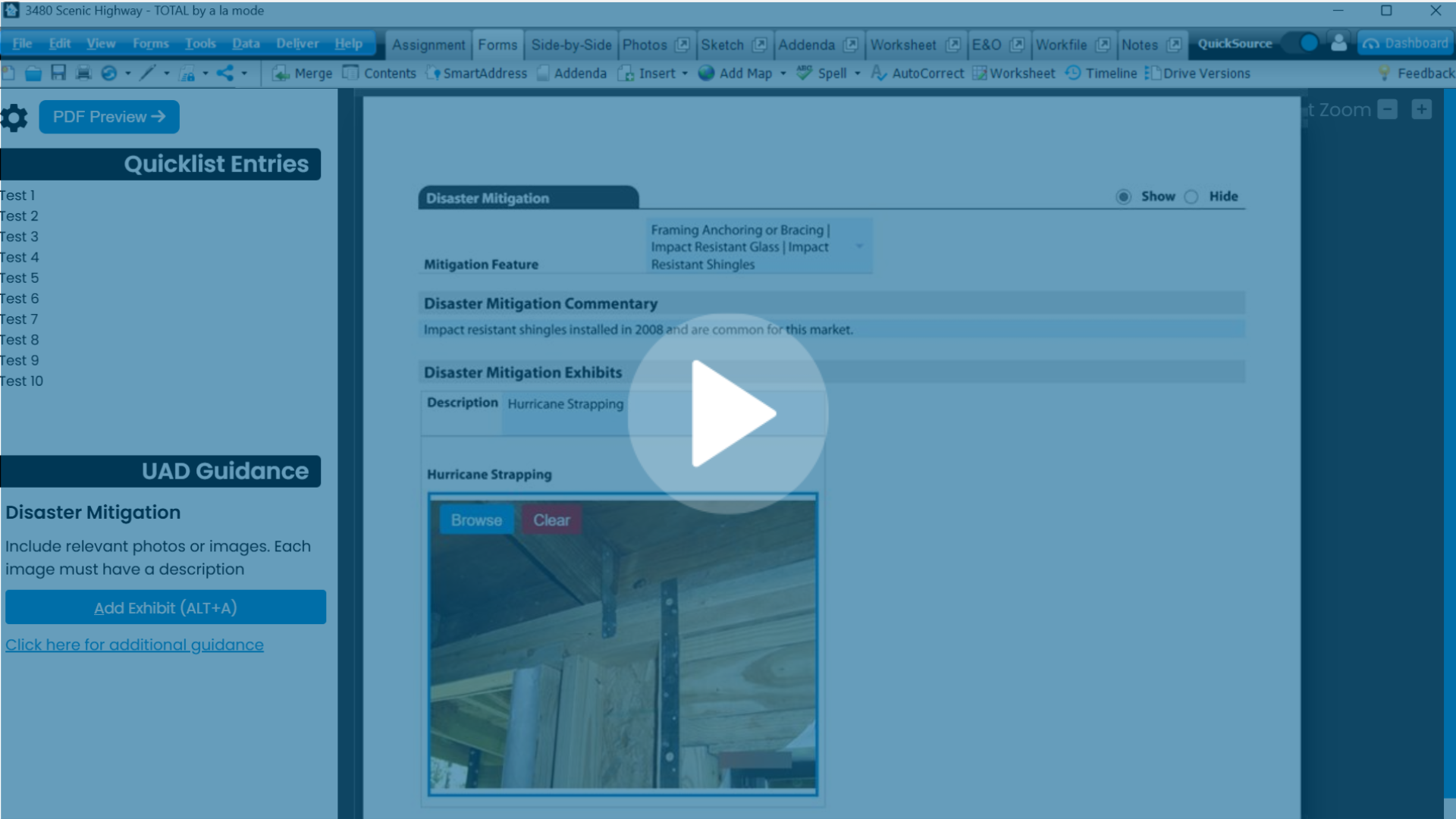
.png)
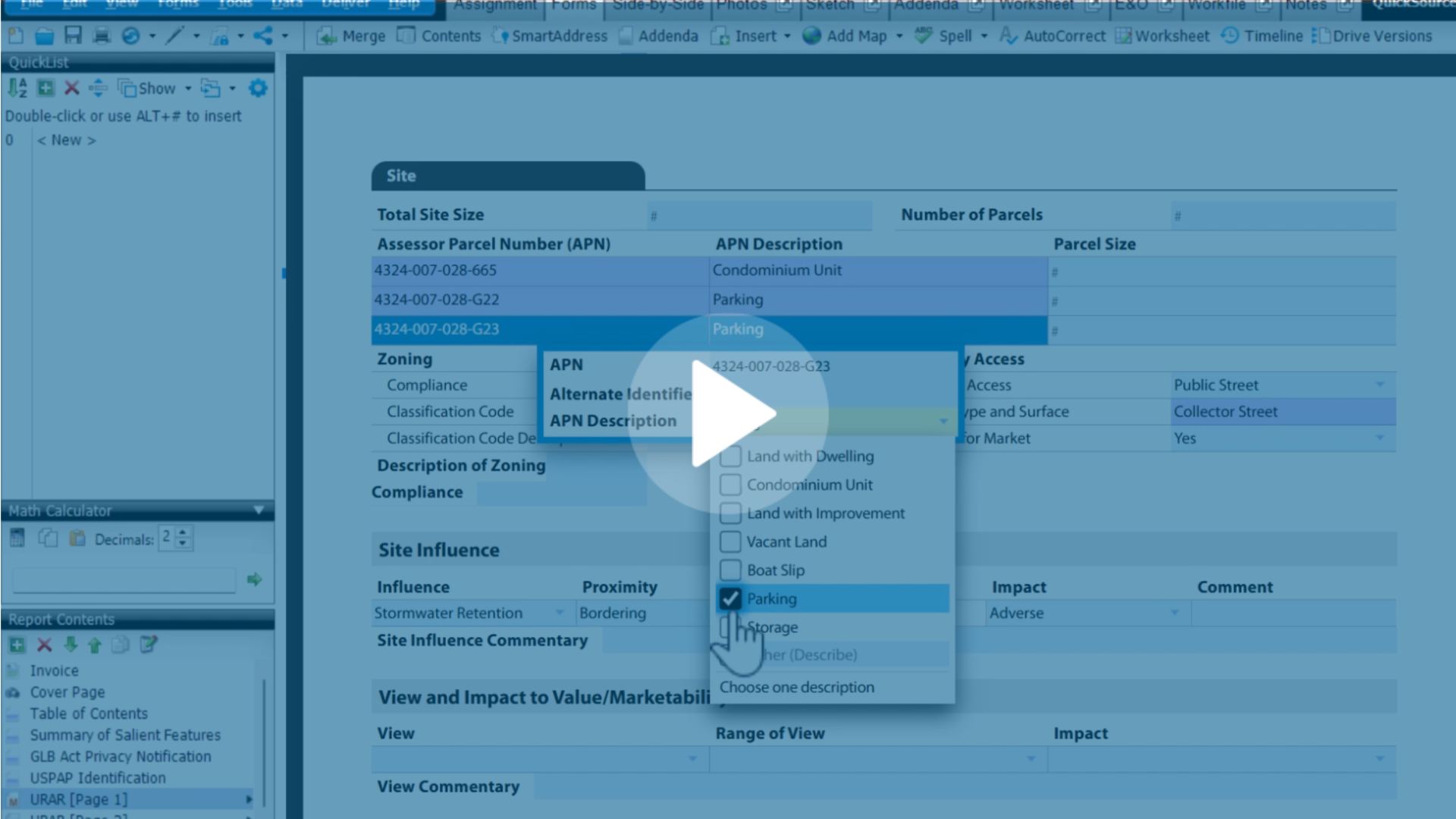
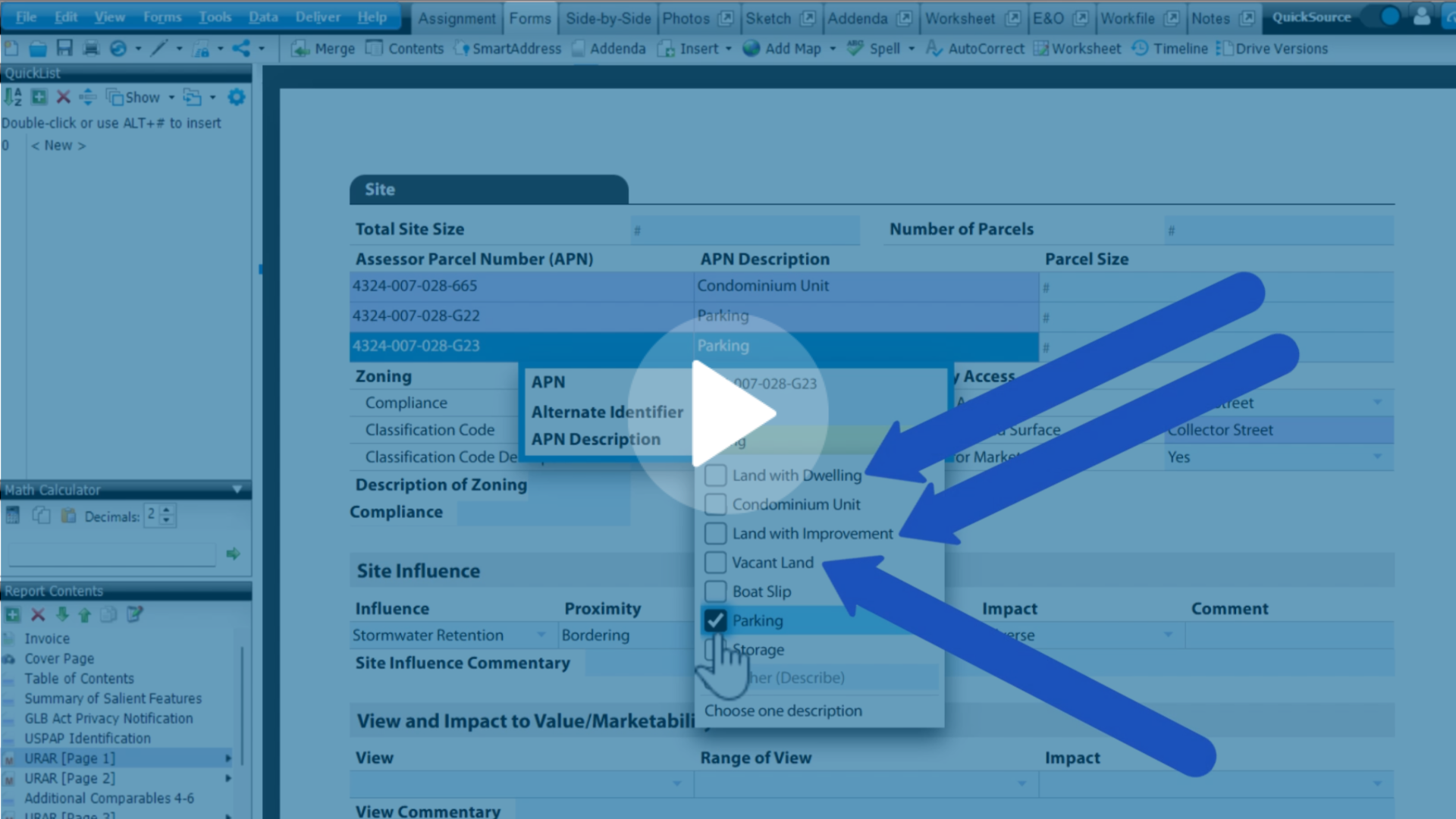
.png)
.png)
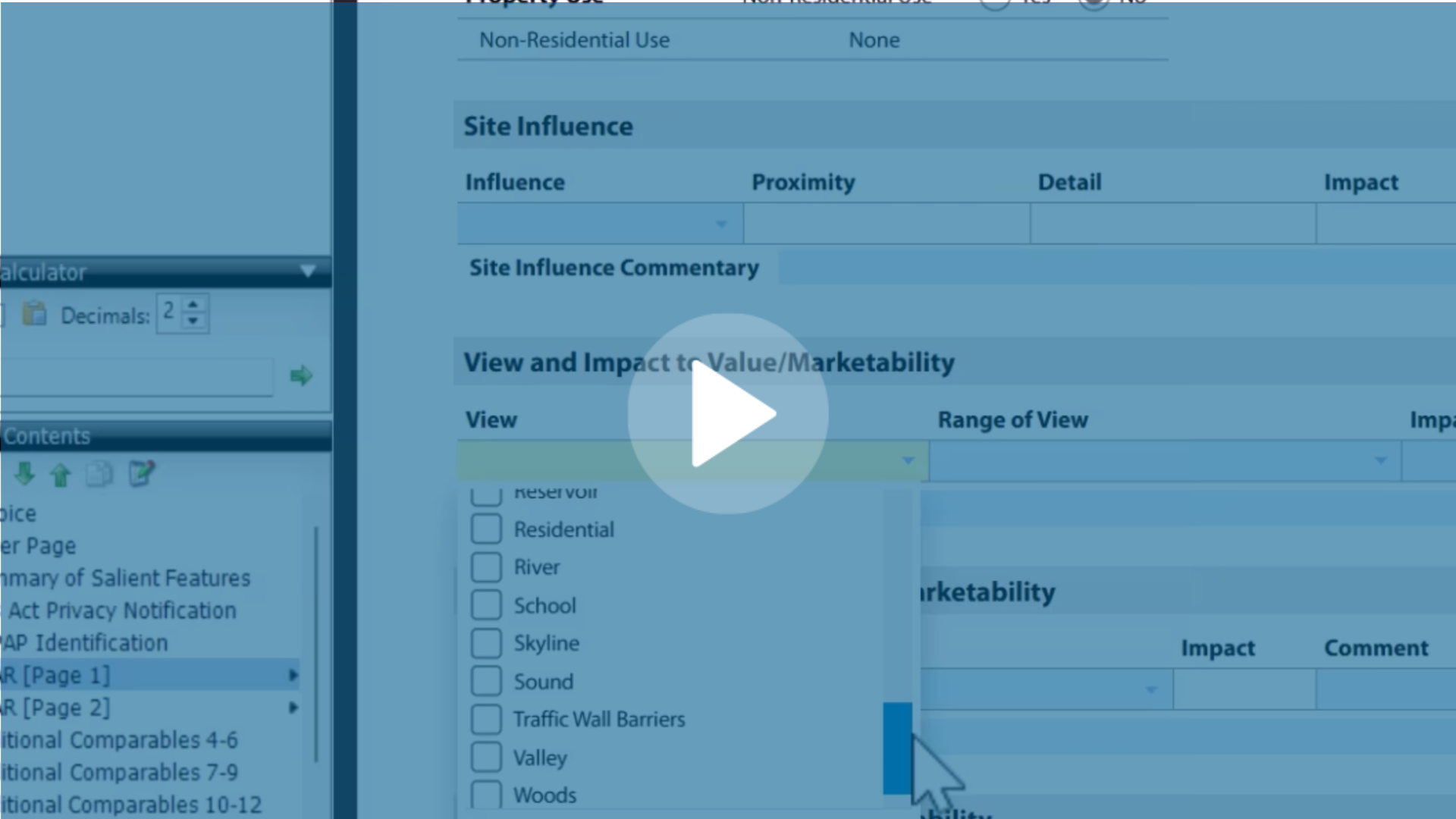
.jpg)
.png)
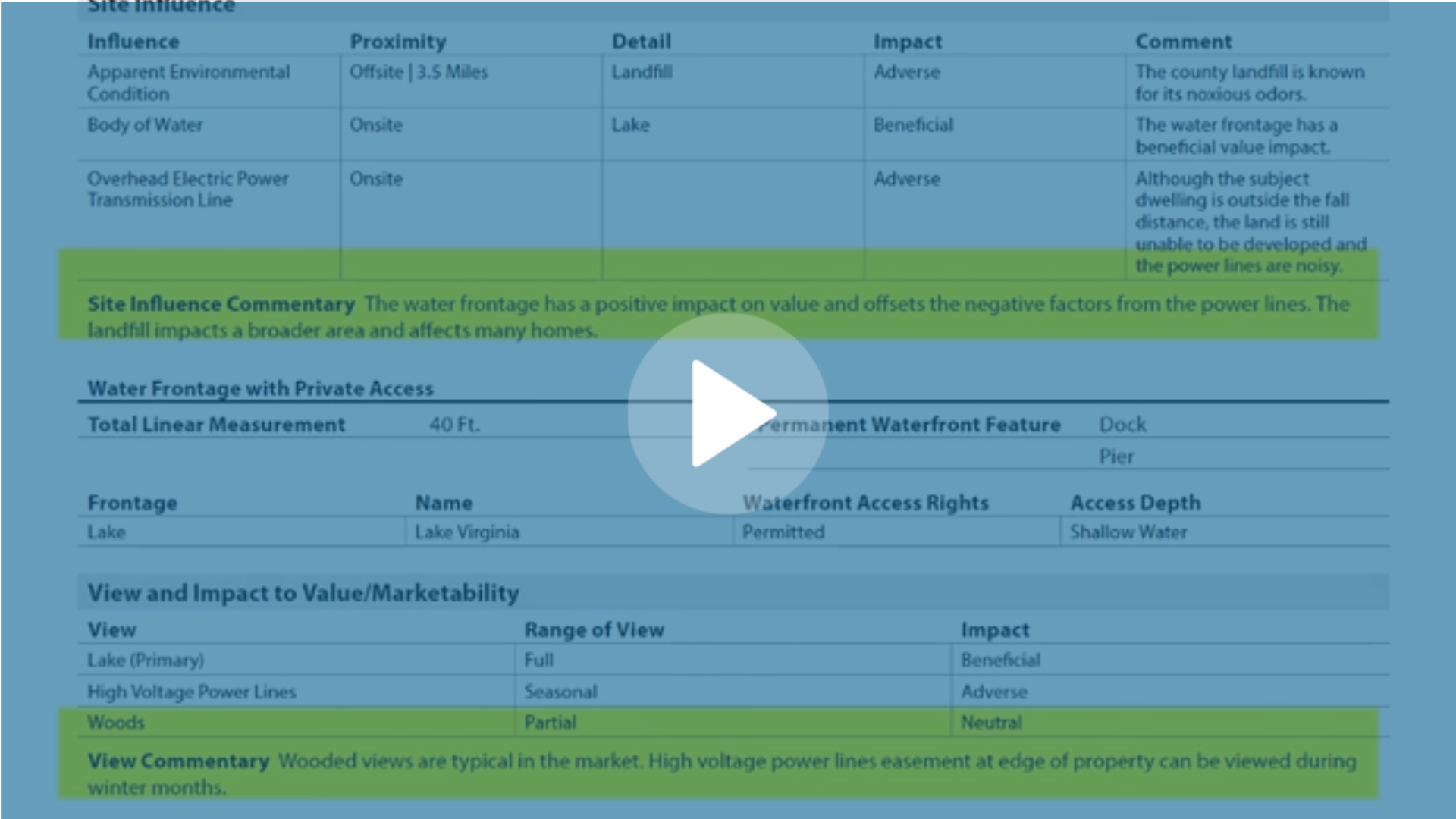
-1.png)



